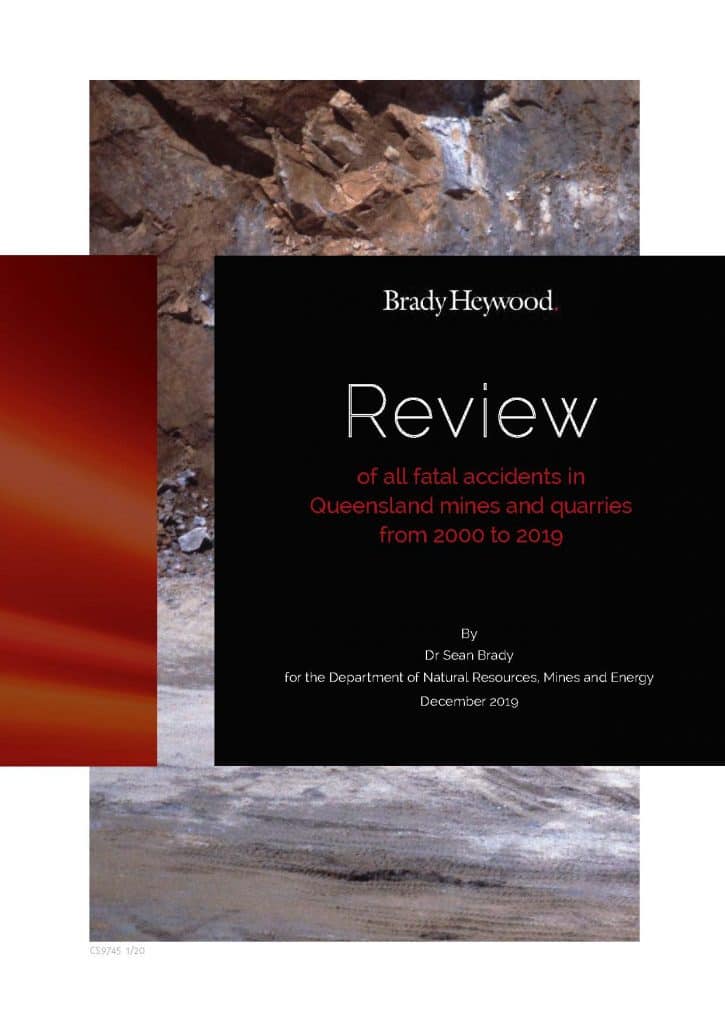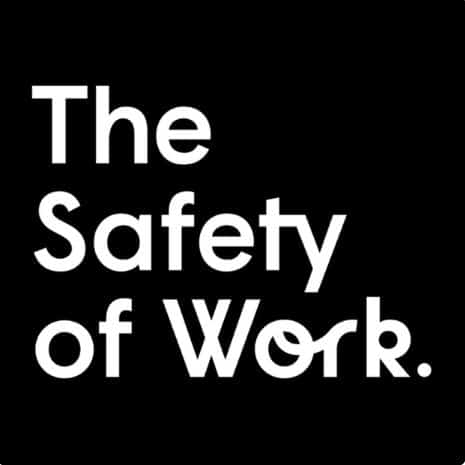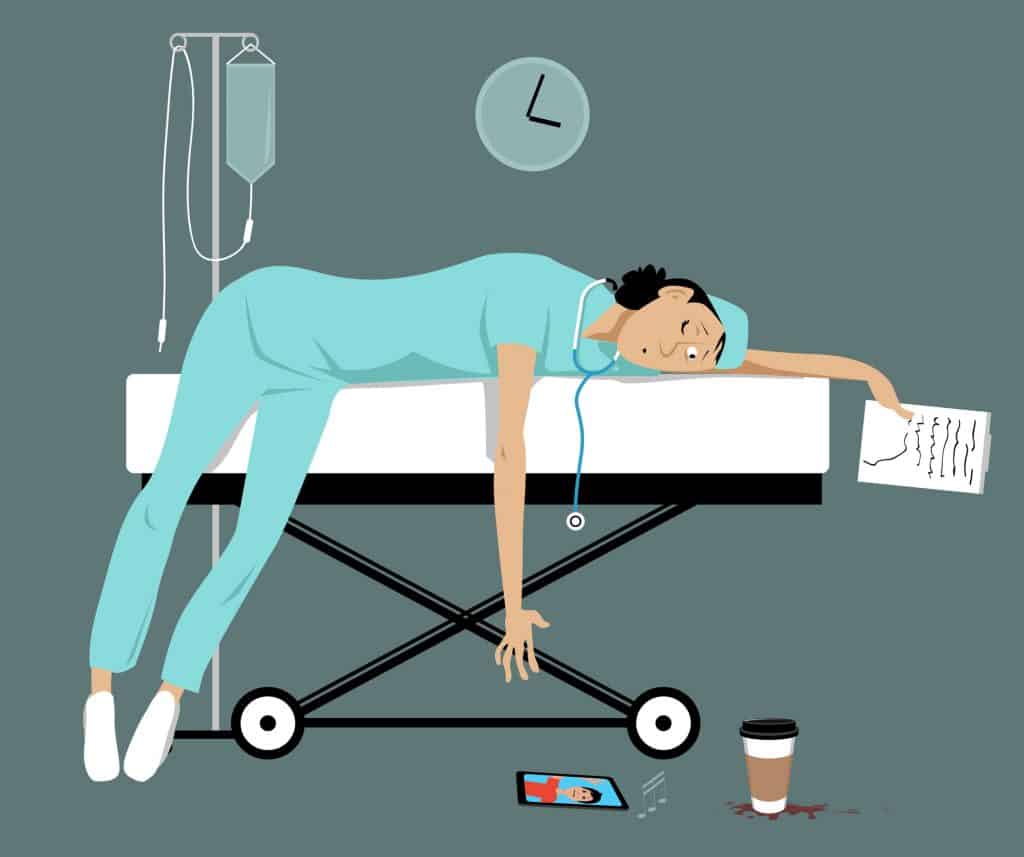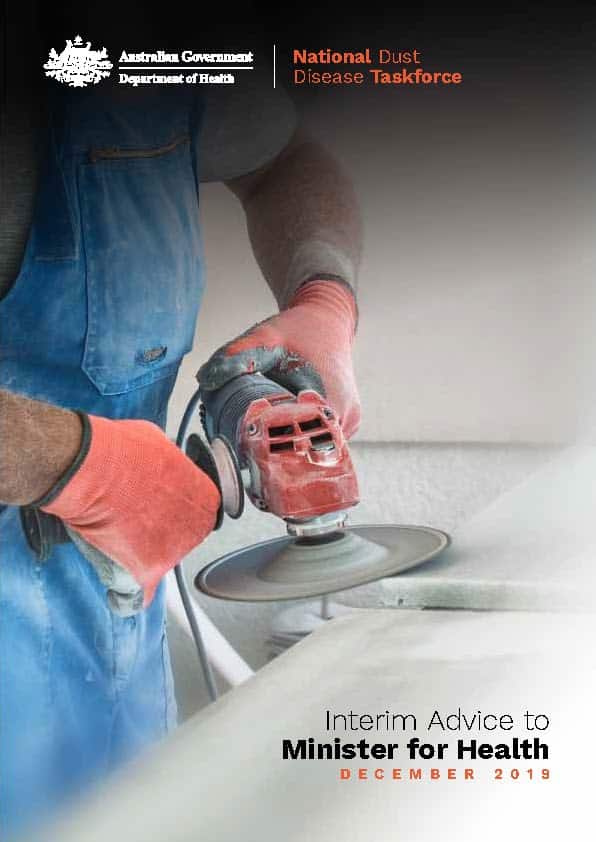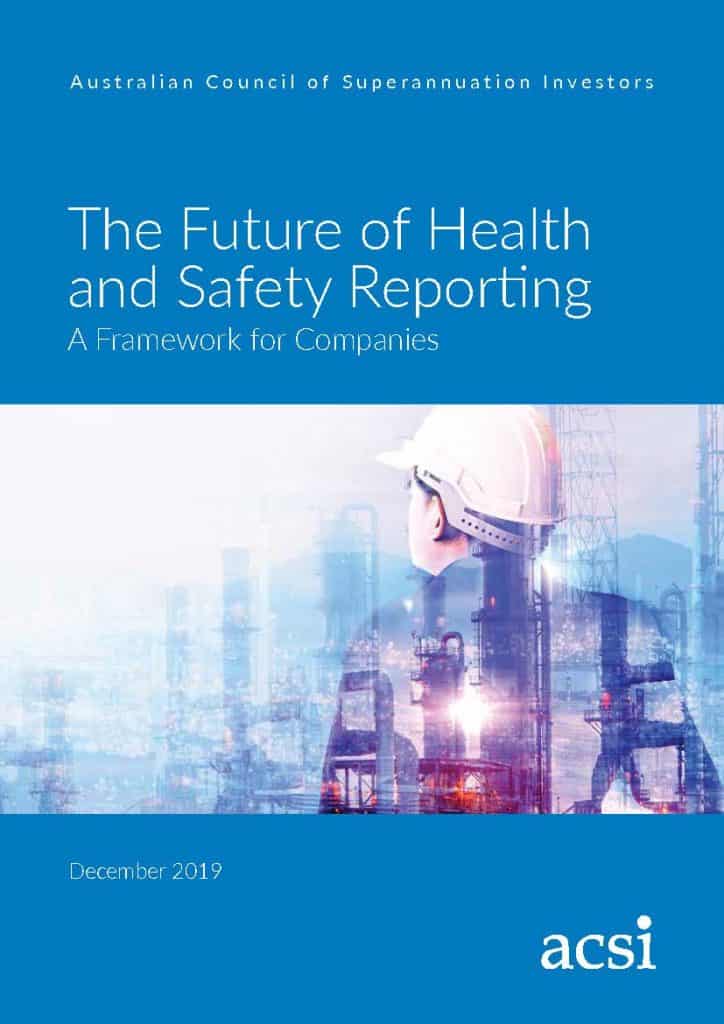
The 2020 business year has started with a bunch of occupational health and safety (OHS) seminars. Given last year’s moves towards Industrial Manslaughter laws in several Australian States, a discussion of these laws is inevitable and there are some voices calling out the politics of the issue. Herbert Smith Freehills’ Steve Bell is one of them.

